The Larapinta Trail across Central Australia and the West MacDonnell Ranges is not just for hikers and adventurers but also a showcase of desert flora. Despite the harsh conditions, the area has a surprising amount of plant life, each one adapted to the extreme temperatures, low rainfall and nutrient-poor soils. From tough trees and shrubs to delicate wildflowers, the flora of the Larapinta Trail paints the red earth with colour, especially after the wet season. Understanding these resilient species adds to the experience of walking in this amazing environment which has Ormiston Gorge, Redbank Gorge, Glen Helen and Mount Sonder as key attractions.
Nature’s Masters of Survival
The vegetation along the Larapinta Trail is a demonstration of how nature can survive in extreme conditions. Drought-tolerant plants dominate the landscape; the flora has evolved to conserve water, reduce sun exposure and grow in nutrient-poor soils. Many species have deep roots, waxy leaves and reduced foliage to minimize water loss. Despite the harsh conditions the flora is crucial to the desert ecosystem providing food and shelter for native wildlife including the Black-flanked Rock Wallaby (Petrogale lateralis) and various bird species.

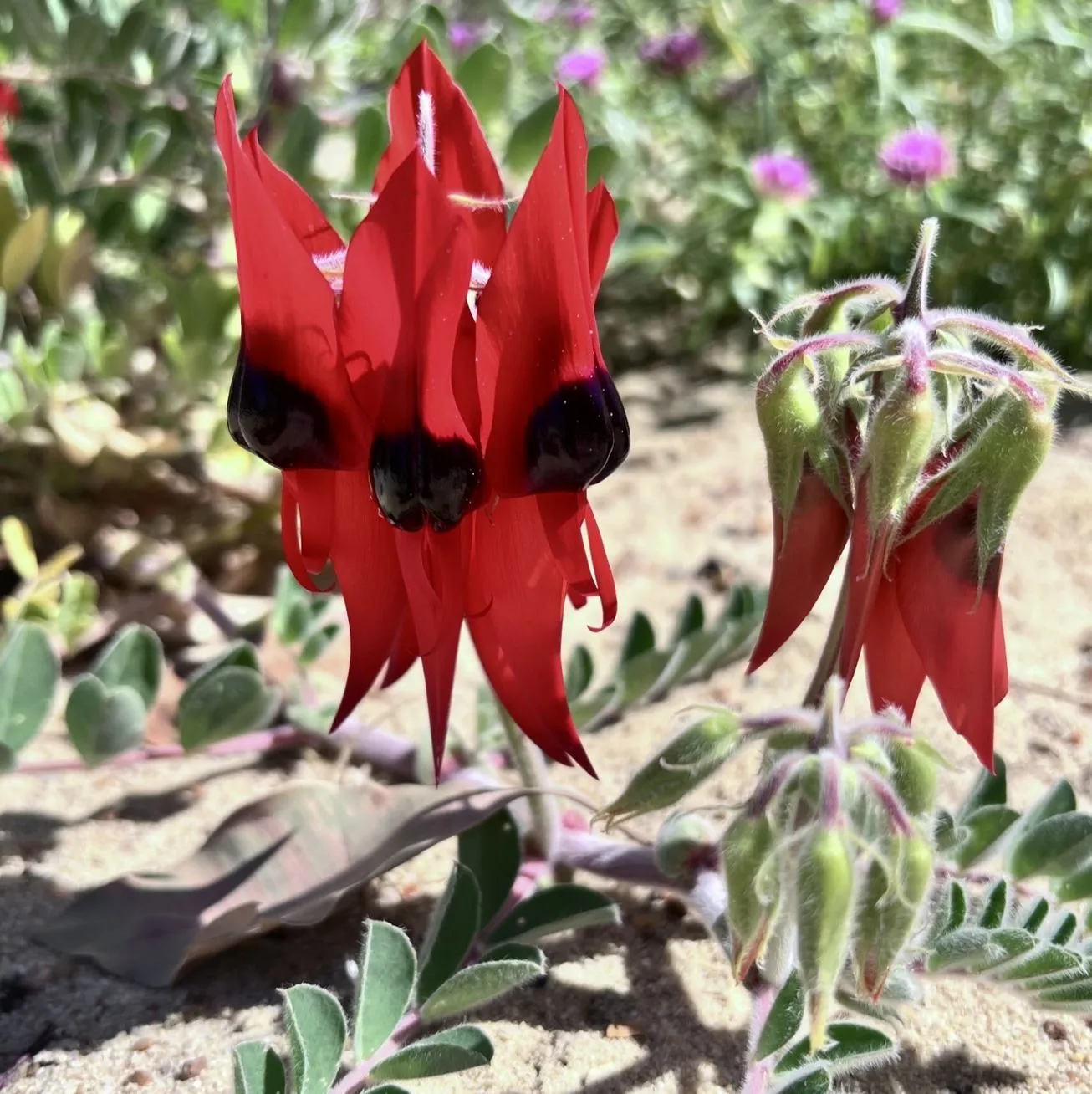
Arid Adaptation
Adaptation is everything in the arid heart of Australia and the flora of the Larapinta Trail is proof of that. Many species have xerophytic adaptations – thickened leaves to retain moisture and light coloured foliage to reflect the sun. Some plants like spinifex grass curl their leaves inwards to reduce wind exposure; others like succulents and ephemerals store water or complete their life cycle in a short time so they can survive till the next rain. Ancient plants like Macrozamia macdonnellii are a testament to the endurance of the region’s flora.
Fungi
Fungi are often overlooked but they play a big part in the desert ecosystem of the Larapinta Trail. They break down organic matter and form symbiotic relationships with plant roots to help them access minerals. Some fungi even help plants survive drought by improving water uptake. Despite the arid conditions, desert fungi thrive in shaded rock crevices and beneath decomposing vegetation – even in the harshest of conditions life finds a way.
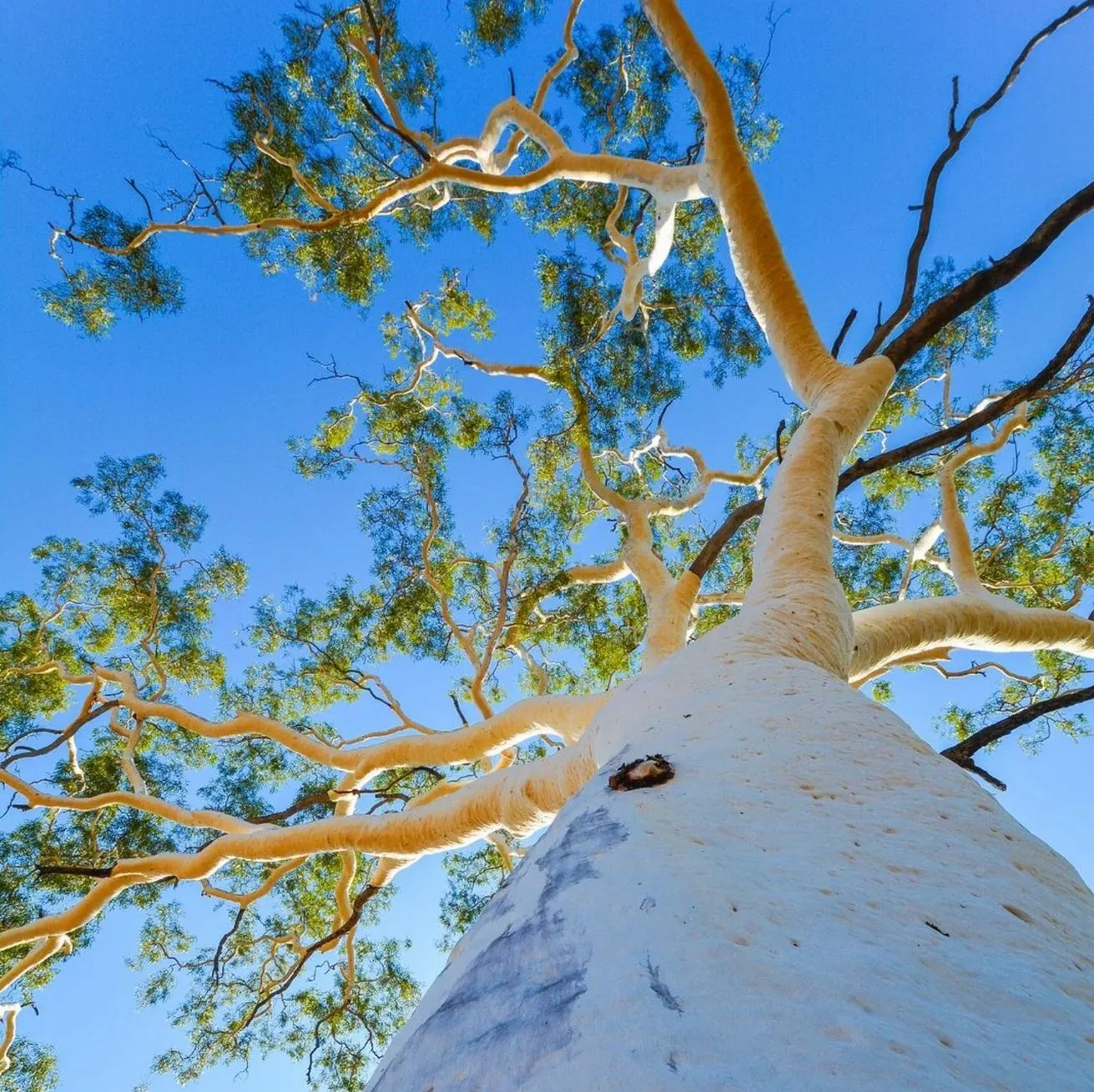
Plants and Trees
Trees and shrubs are everywhere on the Larapinta Trail, each one suited to its environment. Iconic species include the Ghost Gum (Corymbia aparrerinja) with its stark white bark and the Mulga (Acacia aneura) with its needle leaves to reduce water loss. They provide habitat and food for desert wildlife and contribute to soil stabilisation and erosion prevention – they are essential to the arid ecosystem. The Alice Springs Desert Park is a great place to learn more about these arid adapted plants.
Wildflowers in Bloom
One of the most stunning sights on the Larapinta Trail is after rain when the desert floor explodes in a riot of wildflowers. These flowers spend most of the year dormant in the soil and only bloom when there is moisture to be had, creating a kaleidoscope of reds, yellows, purples and whites. Pollinators like bees and butterflies add to the biodiversity of the area. Hugh Gorge, Serpentine Gorge and Simpsons Gap are great spots to see this diversity.
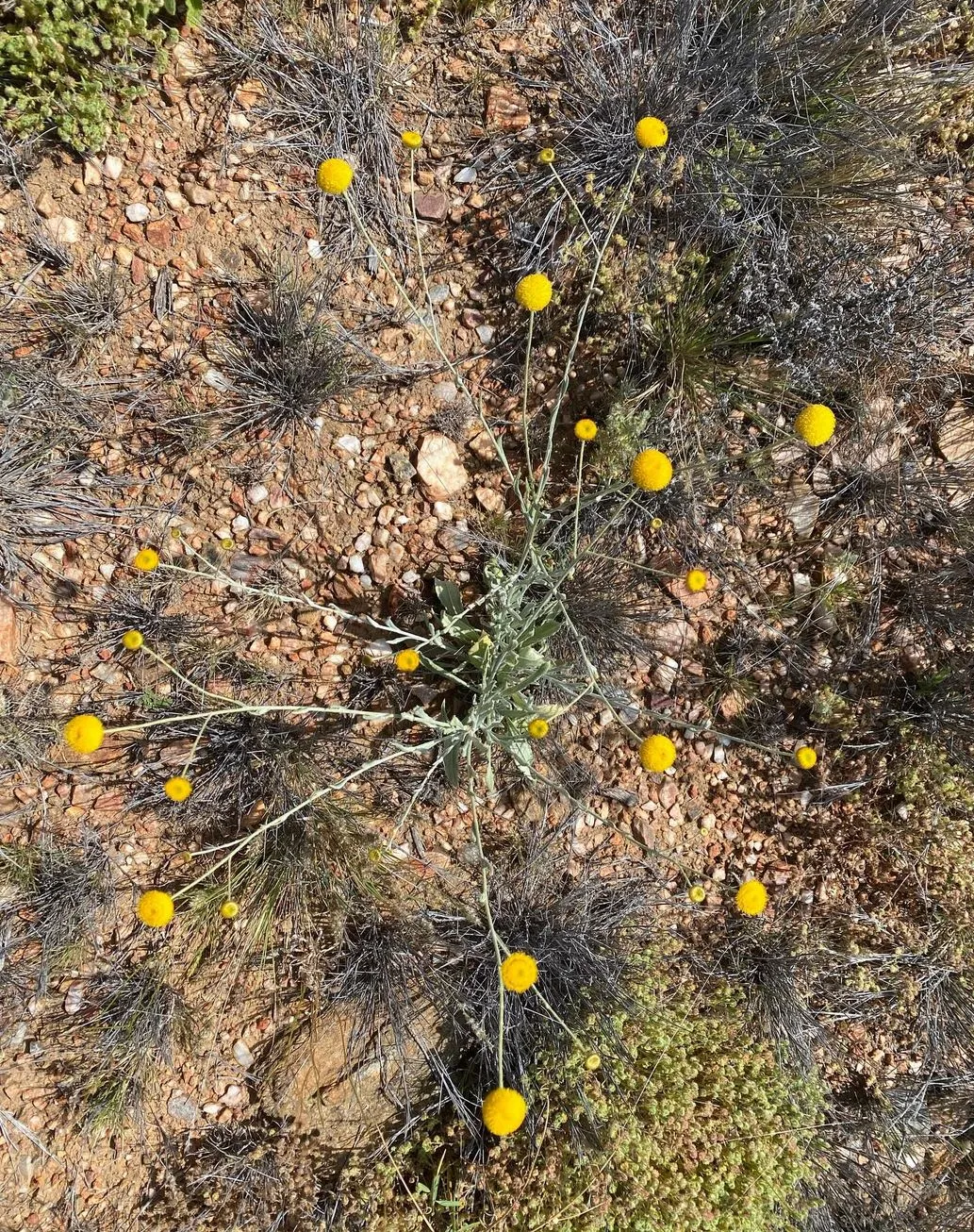
Emubush - Desert Fuchsia
Emubush (Eremophila species) also known as Desert Fuchsia is a staple of the desert landscape. With tubular nectar-rich flowers it is a food source for honeyeaters and other native birds. This hardy shrub is drought tolerant and can grow in poor soil making it one of the toughest plants on the trail.

Sturt’s Desert Pea
Sturt’s Desert Pea (Swainsona formosa) is one of Australia’s most iconic wildflowers with its striking red petals and dark black centre. This low-growing plant is well adapted to the arid environment with deep tap roots that can reach underground water. It often blooms after rain and transforms the landscape with its colour making it a favourite among nature lovers and photographers.
Sturt’s Desert Rose
Closely related to hibiscus Sturt’s Desert Rose (Gossypium sturtianum) is another gem of the Larapinta Trail. Its delicate pink or purple flowers contrast beautifully against the rugged desert landscape. As the floral emblem of the Northern Territory, this plant embodies resilience; it thrives in rocky, arid soil where few others can survive.
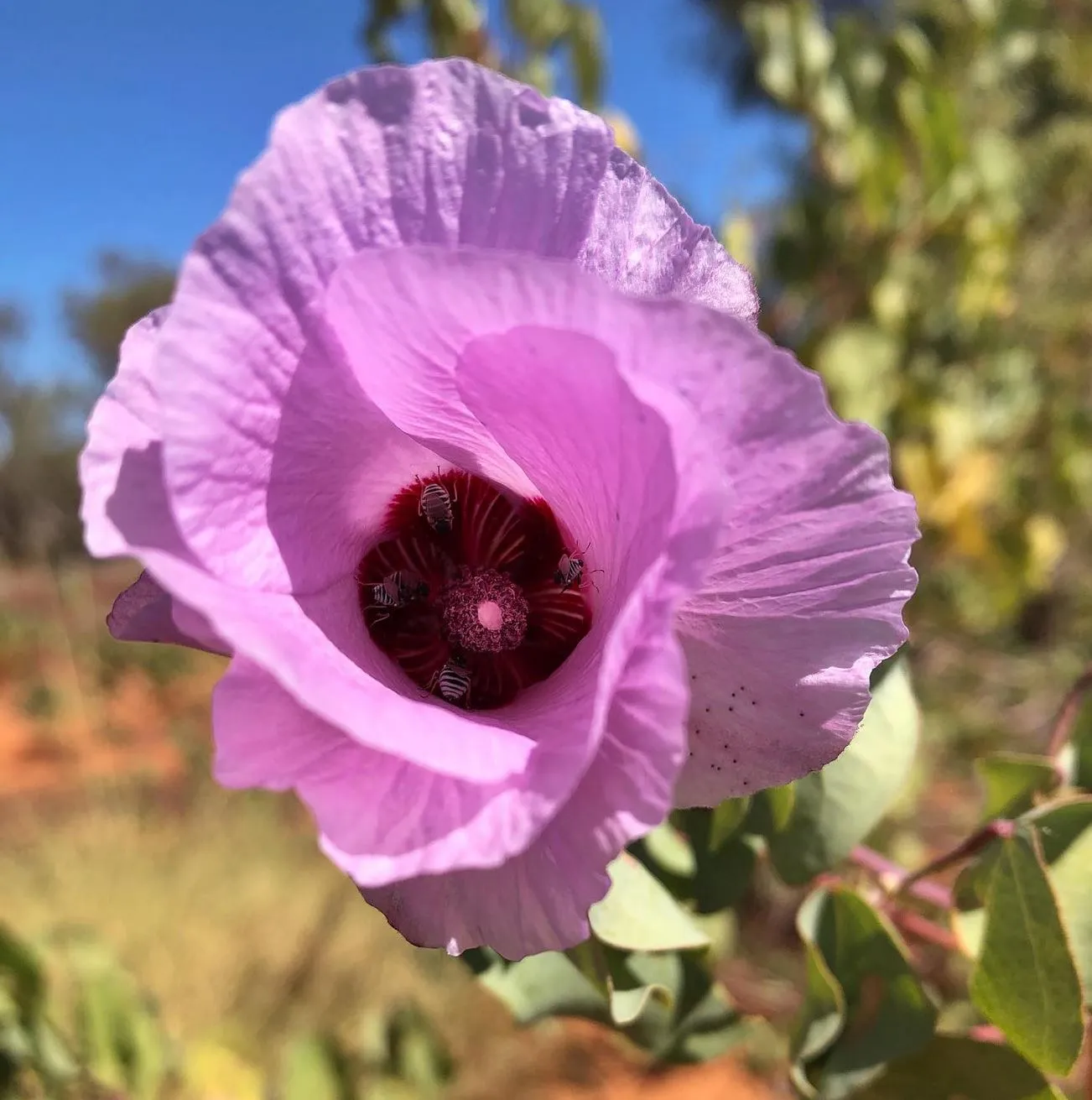
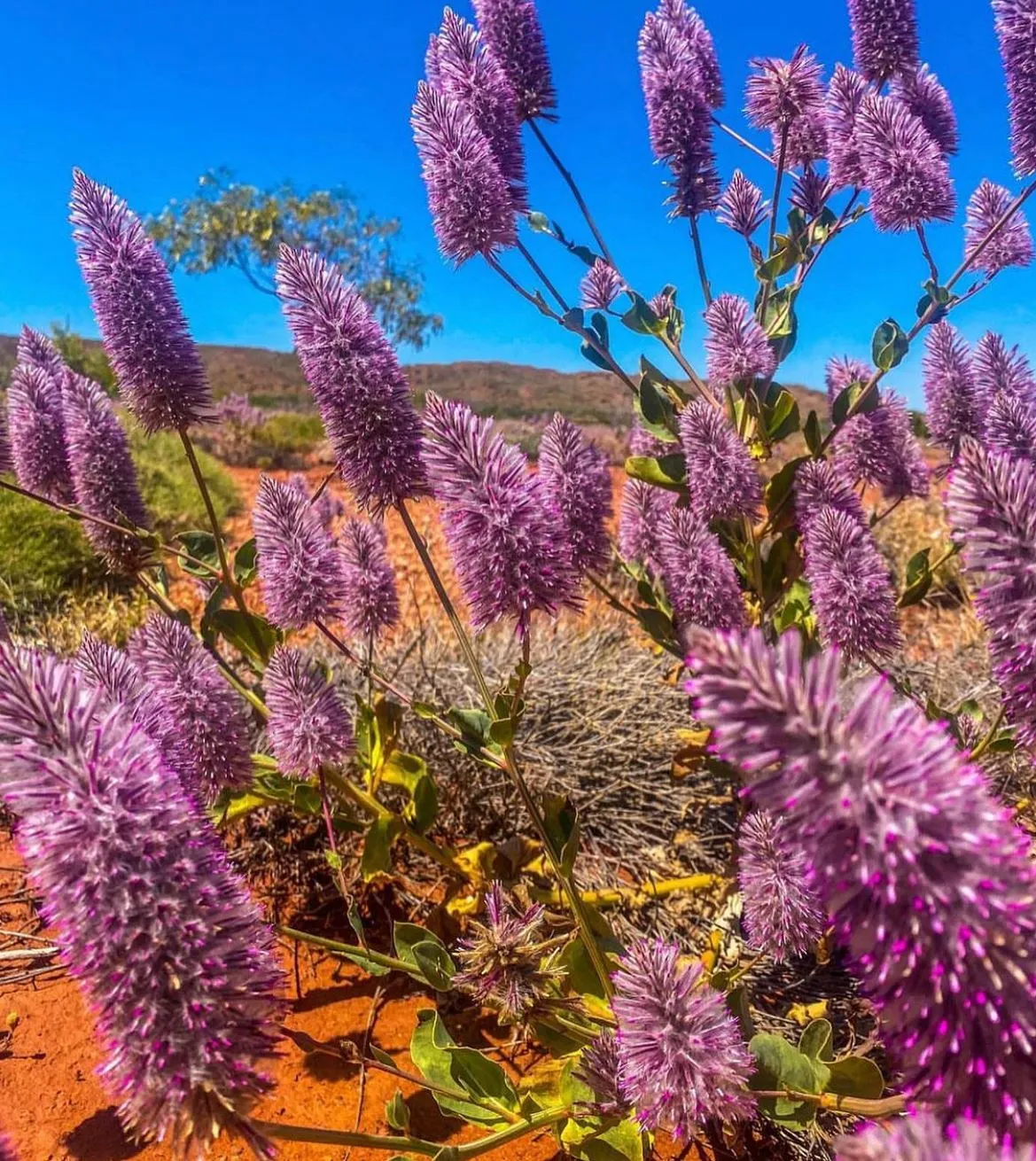
Tall Mulla Mulla
Tall Mulla Mulla (Ptilotus exaltatus) is a soft pink-purple flowering plant that adds a touch of beauty to the desert landscape. Its woolly flowers help reduce water loss a crucial adaptation for survival in the dry desert environment. Seen swaying in the breeze it is mesmerising when found in large clusters.
White Paper Daisy
A symbol of endurance the White Paper Daisy (Rhodanthe floribunda) has papery white petals and a golden centre. This wildflower is abundant after rain and carpets the desert with its bright flowers. It’s drought tolerant and grows in sandy soil so it’s a common sight along the Larapinta Trail.
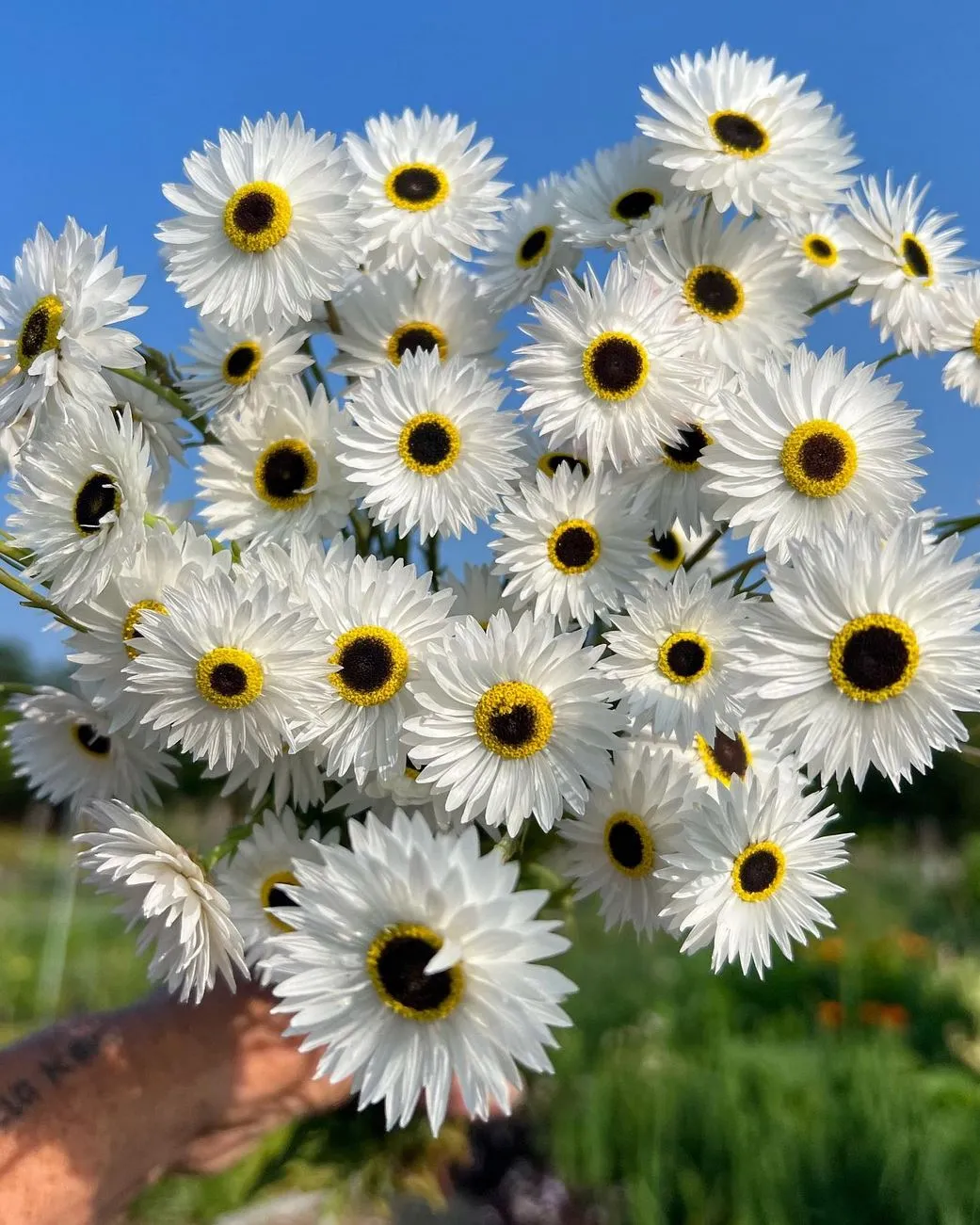
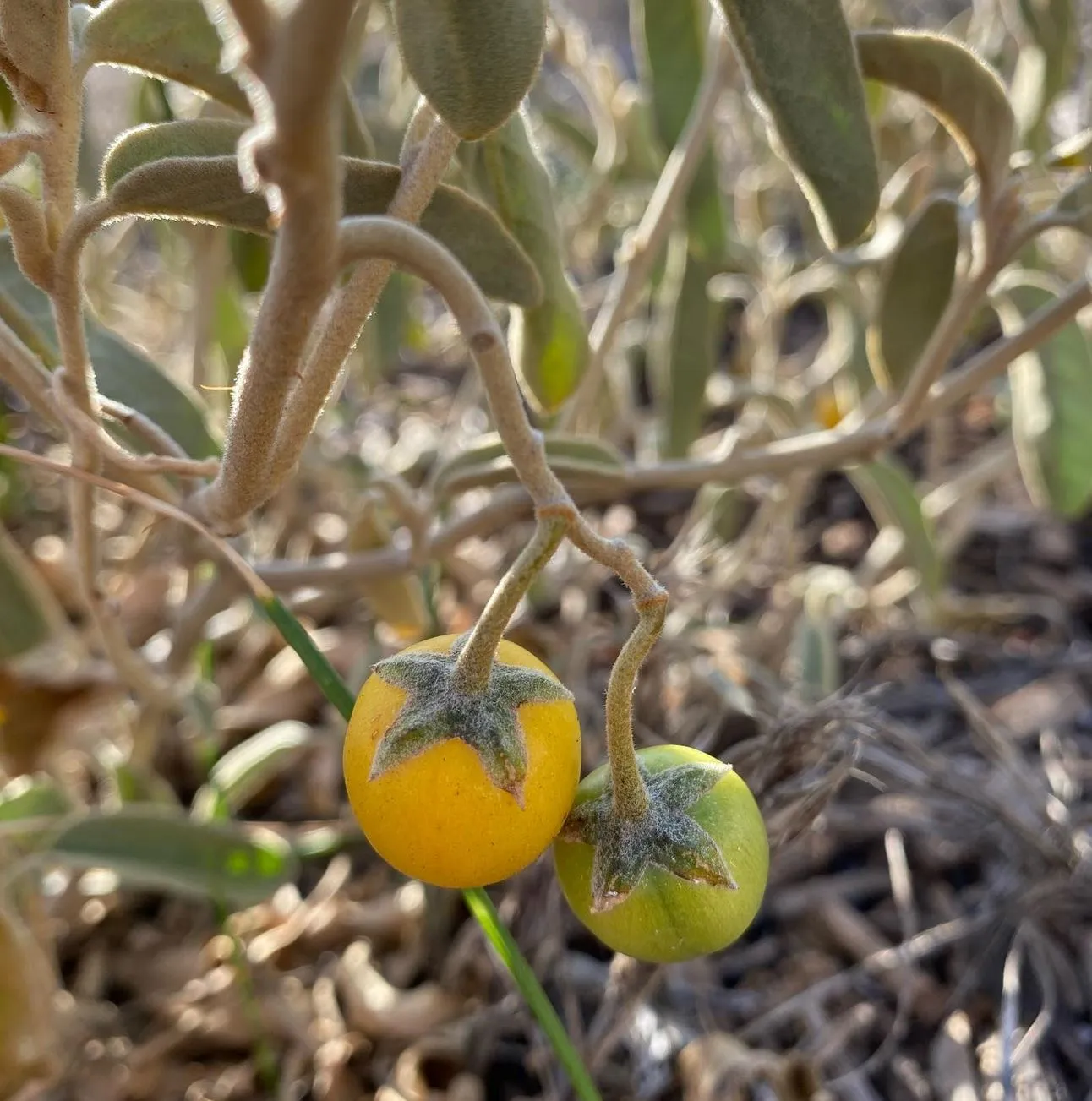
Solanum - Bush Tomato
The Bush Tomato (Solanum centrale) is a nightshade and has been a staple food for Indigenous Australians for centuries. This small yellow fruit is nutritious and provides sustenance in the harsh desert environment. Not all Solanum are edible some are toxic so traditional knowledge is important in identifying safe bush foods.
Seasonal Changes
The Larapinta Trail flora goes through big changes throughout the year. In the cooler months (May to August) the vegetation is lush and wildflowers are more prominent after rain. As the temperature rises (September to March) many plants go dormant to conserve water and the landscape takes on a more subdued look. Despite the harsh summer conditions some species like spinifex and desert oaks are always present and life goes on in this desert. Water tanks at trail facilities and permanent waterholes like Ellery Creek Big Hole and the Finke River are important for the flora and the hikers.
The flora of the Larapinta Trail is a remarkable story of resilience, adaptation and survival. Whether hiking through the ranges or witnessing a desert in bloom visitors to this unique landscape will find themselves in a world of botanical wonder with water, camp facilities and ancient landscapes to explore.
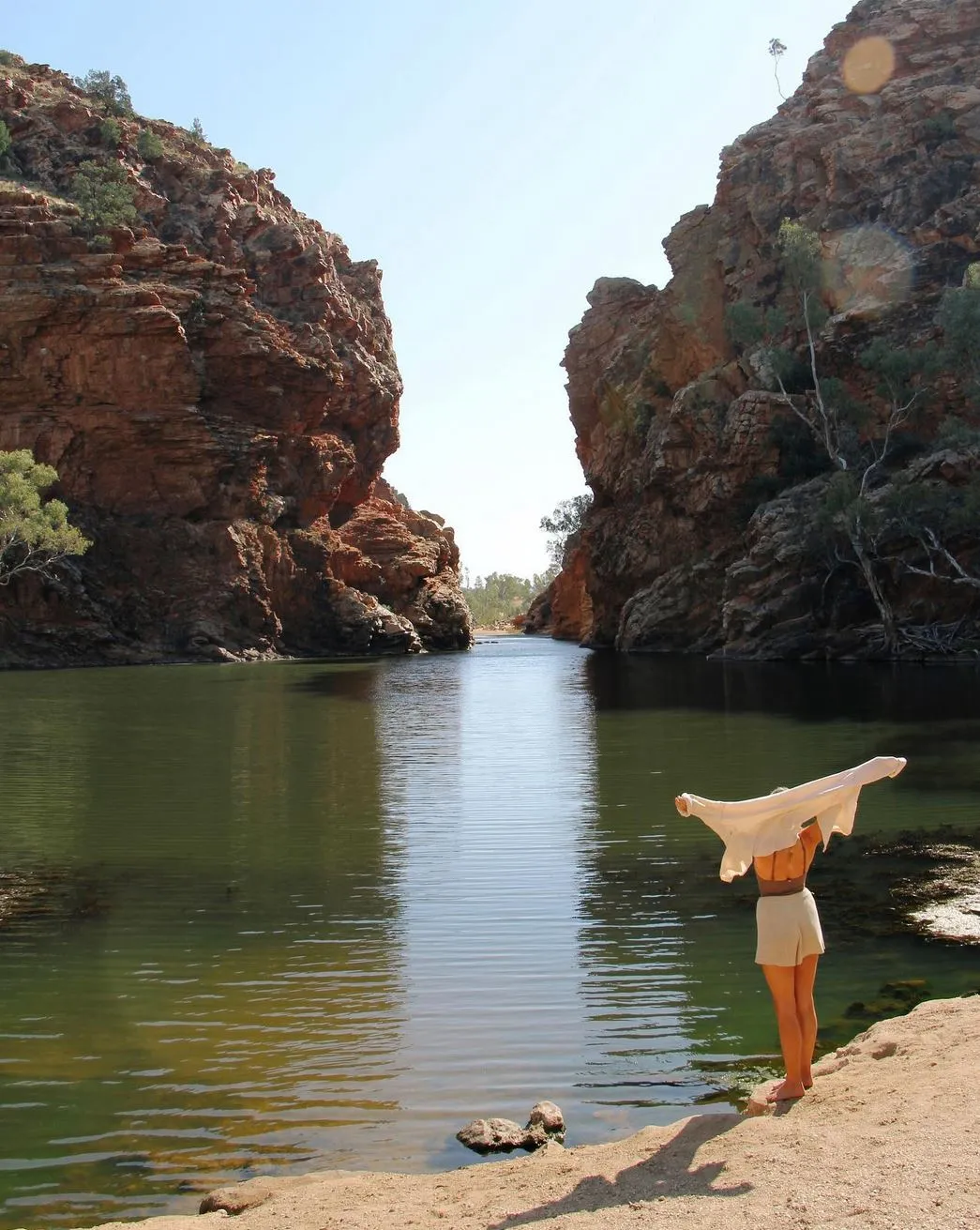
FAQ
When are the wildflowers on the Larapinta Trail in bloom?
Wildflowers are in full bloom after rain, usually May to August. Some species may bloom randomly depending on the weather.
Are there poisonous plants on the Larapinta Trail?
Yes, some species in the Solanum (Bush Tomato) family are toxic. Make sure you know what you’re doing before eating any wild plants.
How do desert plants survive with so little water?
Desert plants have adaptations like deep roots, water-storing tissues, waxy leaves and reduced foliage to minimize water loss and maximize survival in dry conditions.
Can I collect plants or flowers as souvenirs?
No, collecting flora from the Larapinta Trail is not allowed to protect the environment. Take photos instead.
What role do fungi play in the desert?
Fungi break down organic matter and form symbiotic relationships with plants to aid in nutrient absorption and help them survive drought.
